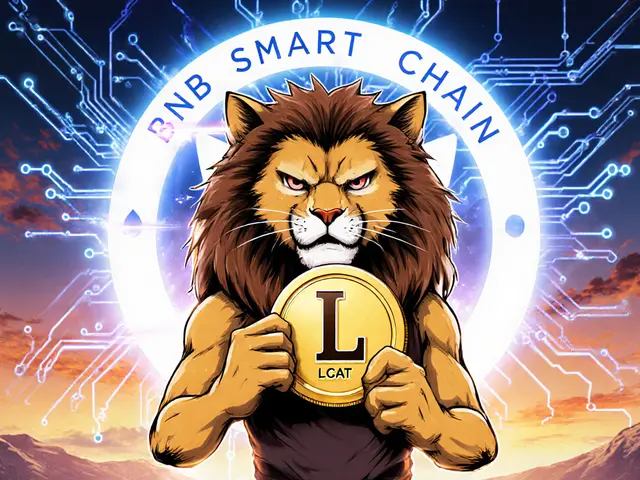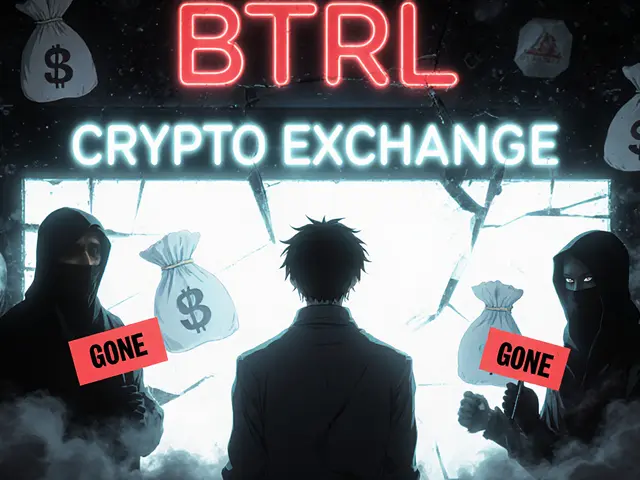OSL Regulation: What It Means for Crypto Projects
When navigating OSL regulation, the set of rules that control how online services operate within financial, data‑privacy and licensing frameworks. Also known as Online Service Licence rules, it influences everything from token issuance to cross‑border data flow. In practice, OSL regulation sets the compliance baseline for any platform that offers crypto‑related services, whether it’s a wallet, an exchange, or a DeFi protocol. The framework demands clear governance structures, anti‑money‑laundering (AML) procedures, and consumer‑protection measures before a service can launch. Because the crypto space moves fast, regulators often tie OSL rules to broader concepts like crypto‑friendly jurisdiction, a country or region that provides clear tax treatment, licensing pathways and sandbox environments for blockchain businesses. Choosing the right jurisdiction can lower compliance costs and speed up the licensing process, making OSL compliance less of a bottleneck.
Key Areas Covered by OSL Regulation
Beyond jurisdiction, OSL regulation leans heavily on SEC crypto guidance, the U.S. Securities and Exchange Commission’s statements on how existing securities laws apply to digital assets. The SEC’s interpretation of the Howey test determines whether a token is treated as a security, which directly affects the licensing requirements under OSL rules. When a token is classified as a security, projects must follow the crypto securities registration, the process of filing detailed disclosures with the SEC or equivalent bodies to prove compliance with investor protection standards. Failure to register can trigger enforcement actions, fines, or forced delistings. At the same time, emerging technologies like Central bank digital currencies, state‑issued digital cash that operates on blockchain‑like infrastructure are reshaping the regulatory landscape, prompting authorities to update OSL guidelines to address issues like interoperability, monetary policy impact, and cross‑border settlement. Moreover, validator nodes, which secure proof‑of‑stake networks, are now subject to operational risk assessments under OSL frameworks, ensuring that staking providers maintain sufficient capital buffers and transparent governance.
All of these pieces—jurisdiction choice, SEC guidance, securities registration, CBDC developments, and validator‑node oversight—form a network of interdependent rules that OSL regulation tries to harmonize. For anyone building a crypto service, understanding how each element influences the others is crucial: a favorable jurisdiction can simplify SEC compliance; clear securities registration reduces audit friction for CBDC‑compatible products; and robust validator‑node policies protect the overall stability of the platform. Below you’ll find a curated set of articles that break down each of these topics, from practical jurisdiction selection guides to deep dives on the Howey test, CBDC pilots, and the nitty‑gritty of validator‑node security. Use them as a roadmap to make your OSL compliance journey smoother and more predictable.
A detailed 2025 review of OSL crypto exchange covering fees, security, regulation, trading features, promotions, and user experience for institutional and high‑net‑worth traders.
Read More





